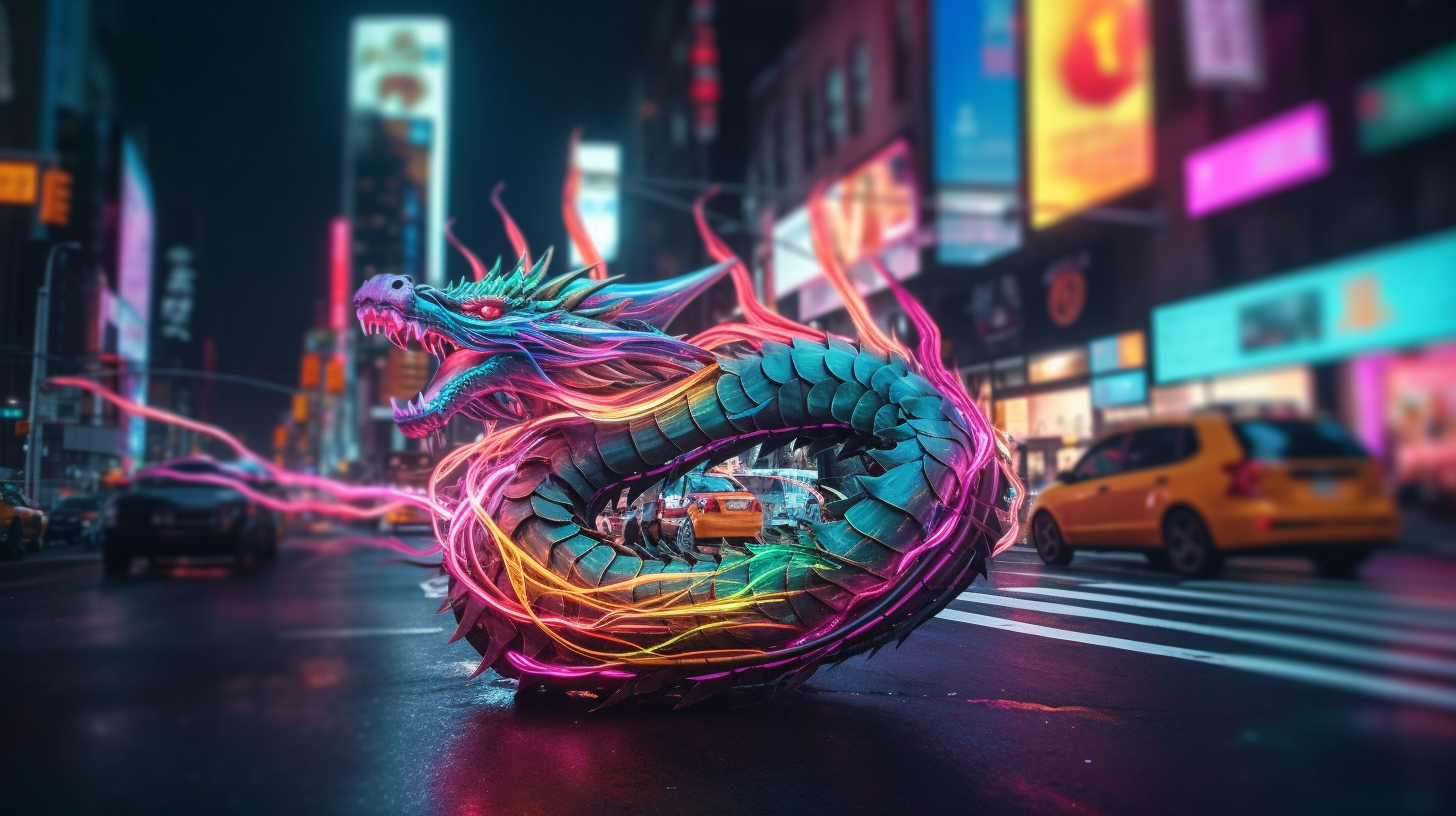Original Post: March 25, 2035
Art, undeniably transformative, is hitting a new crescendo in 2035. The dawn of Augmented Reality (AR) has lit a spark in the realm of digital innovation, most notably in the dynamic sphere of urban art. This week, I’ve had the firsthand experience of a burgeoning artistic revolution, which uses AR to adorn our cityscapes with unseen, transient masterpieces.
Walking down the city’s iconic 5th Avenue, you might notice a vivid, lifelike tiger prowling along the edge of a building or a colossal tidal wave suspended mid-crash over the cityscape. Yet, these vibrant scenes are hidden to the naked eye – they are AR Graffiti, a unique fusion of technology and creativity that’s reshaping public art.
To the passerby without AR glasses or an AR-enabled device, the city appears as it always has. But to those equipped with the right technology, the urban landscape is transformed into a dynamic canvas, teeming with digital murals that change, move, and interact with their environment. As AR artist, Liana Ruiz, puts it, “AR is not just an art form; it’s a new language of expression that allows us to converse with the urban landscape in vibrant, dynamic ways.”
This underground digital art scene is an incredible blending of the ephemeral and the permanent. The artwork, which can be experienced only through AR, is here one moment and gone the next, making each encounter a unique experience. This fresh perspective on our surroundings is the brainchild of cutting-edge artists, who are convinced it can fundamentally alter our interaction with urban environments. They dream of a future where every city surface can morph into a bright, engaging canvas, turning our cityscape into a pulsating exhibition of digital artistry.
However, the striking potential of AR graffiti also brings forth pertinent questions about technology, art, and public space. As we delve deeper into this decade, the lines separating physical and digital reality are becoming increasingly hazy. And with this innovative form of artistic expression comes a critical question – who should regulate these digital canvases? What are the implications when AR creations lead to real-world disputes or issues of inappropriate content?
In reflecting on this, cyber-law expert, Dr. Albert Frisch, shares, “We’re entering uncharted legal territory. It’s not just about copyright or property rights anymore. It’s about the intersection of virtual and physical worlds, and how we navigate the legalities of that convergence.”
It’s an exhilarating period to be alive, and I eagerly anticipate where this fantastic journey will lead us. After all, in the city of the future, every wall has a tale to tell – all you need is the right lens to uncover it.
Stay curious, Alex Vega.




